10 Animals Found In Lebanon
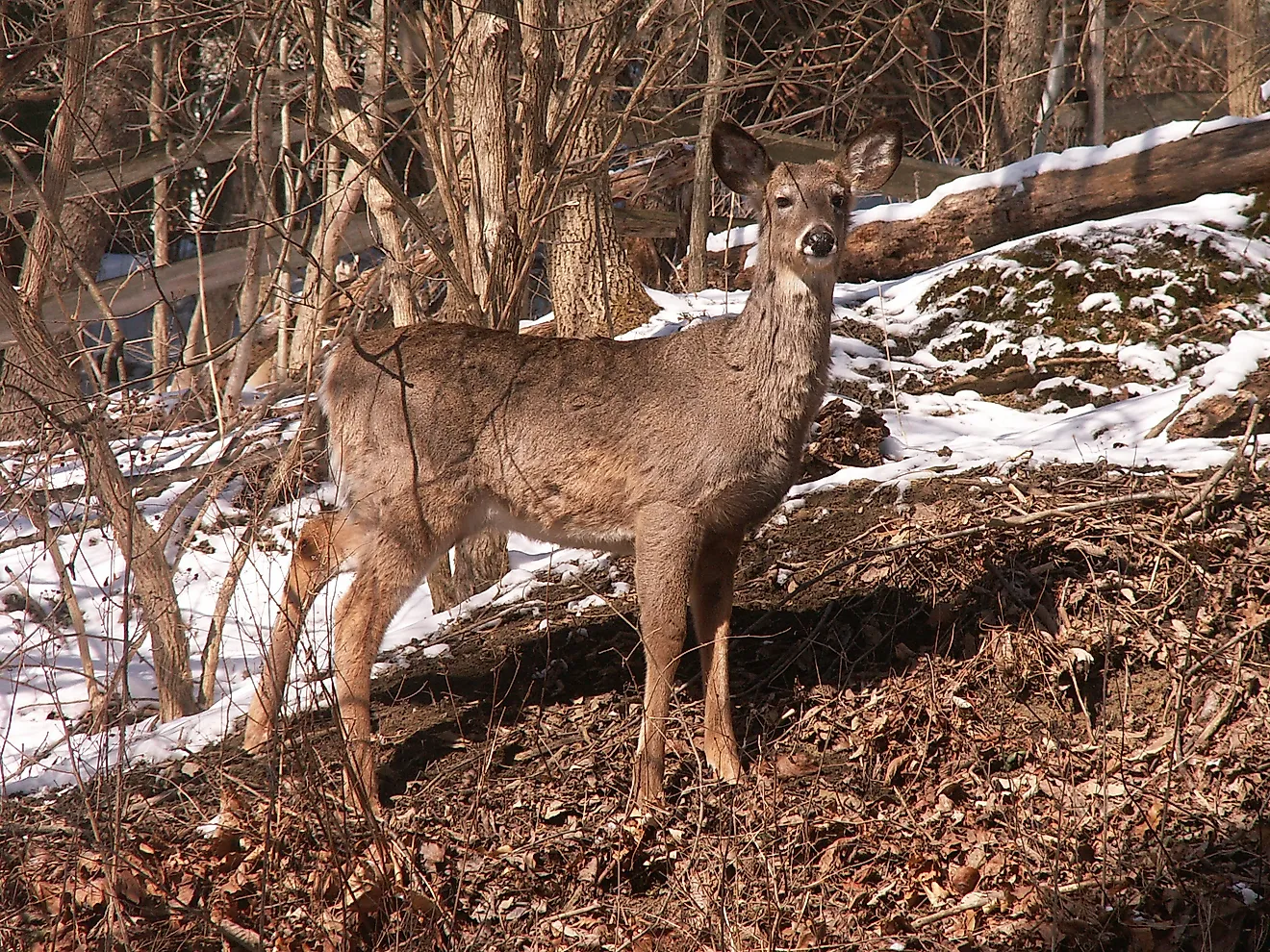
- In terms of environmental conditions Lebanon is made up of four geographic areas.
- The Nubian ibex, a wild goat species, is found in Lebanon. It is a threatened species.
- The red fox, striped hyena, and golden jackal are some of the top carnivores found in Lebanon.
The West Asian nation of Lebanon, officially known as the Lebanese Republic, is spread out over a land area of 4,036 square miles. The country is home to a population of approximately 6,859,408 people. In terms of environmental conditions Lebanon is made up of four geographic areas; the Eastern Mountains (also known as the Anti-Lebanon Mountains), coastal plain, Mount Lebanon (with an elevation of about 10,131 feet), and the Beqaa Valley.
Weather conditions in Lebanon's mountainous areas are cold and snowy while coastal regions typically experience hot temperatures during the summer season and wet cool conditions in the winter. Due in part to Lebanon's range of geographic and environmental conditions, the country is home to many different types of animals which are native to this particular area of the world.
Nubian Ibex
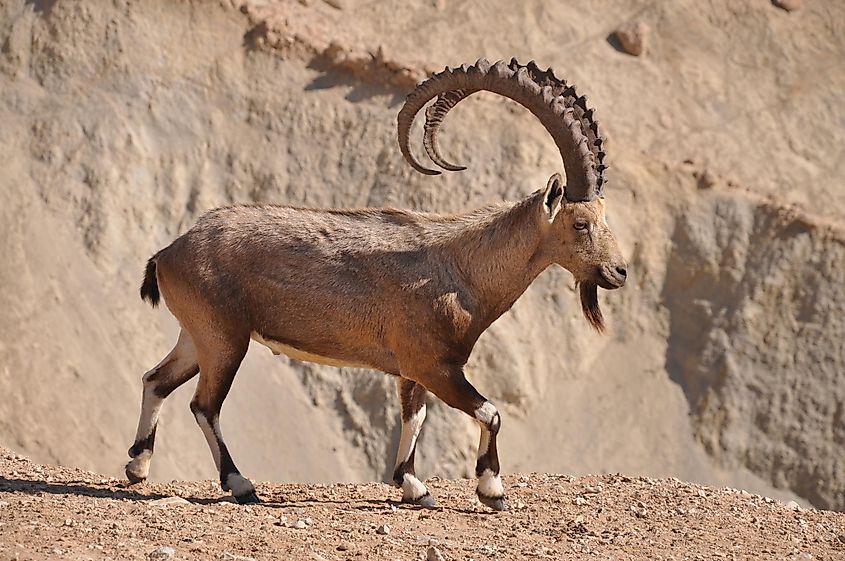
This vulernable goat species typically measures between 2.1 and 2.6 feet tall and weighs an average of 110 pounds. These light tan colored mammals have white bellies and live in the mountains of Lebanon where they feed on grasses and leaves. Depending on their gender the size of the Nubian ibex's horns can range anywhere from twelve inches to just over three feet.
Striped Hyena
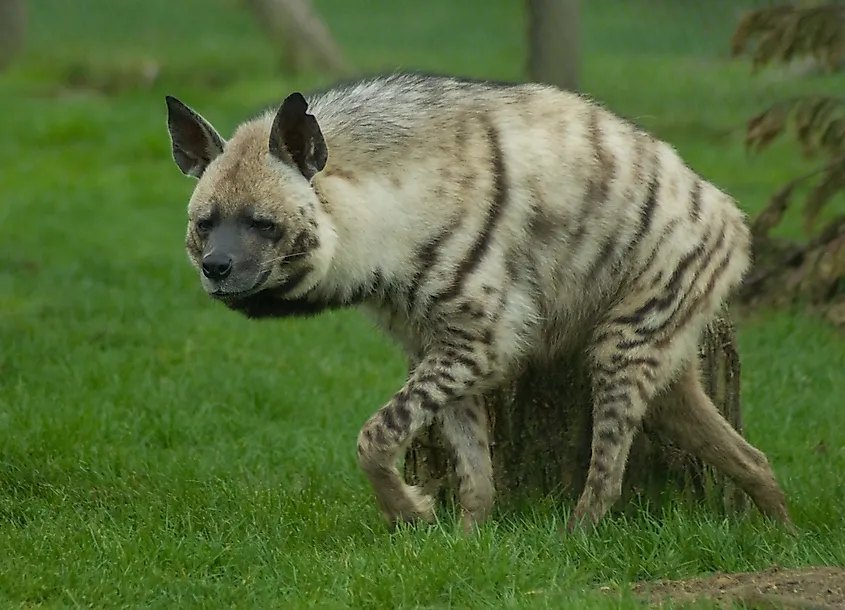
The striped hyena is considered Lebanon's national animal. It's estimated that only 10,000 adult striped hyenas exist in the world. They are considered to be the smallest so called 'true hyena'. As a scavenger the striped hyena primarily feeds on the decomposing bodies of dead ungulates (large sized hooved mammals). In particular hyenas consume various parts of a carcass including its bones, marrow, ligaments, and cartiledge. Striped hyneas are know to hunt a variety of animals including wild boars, turtles, and porcupines. These hearty carnivores may also feed on livestock such as sheep, goats, and chicken as well as feral horses and dogs. Because they are scavengers this species of hyena are also known for rooting through trash in search of food.
Red Fox
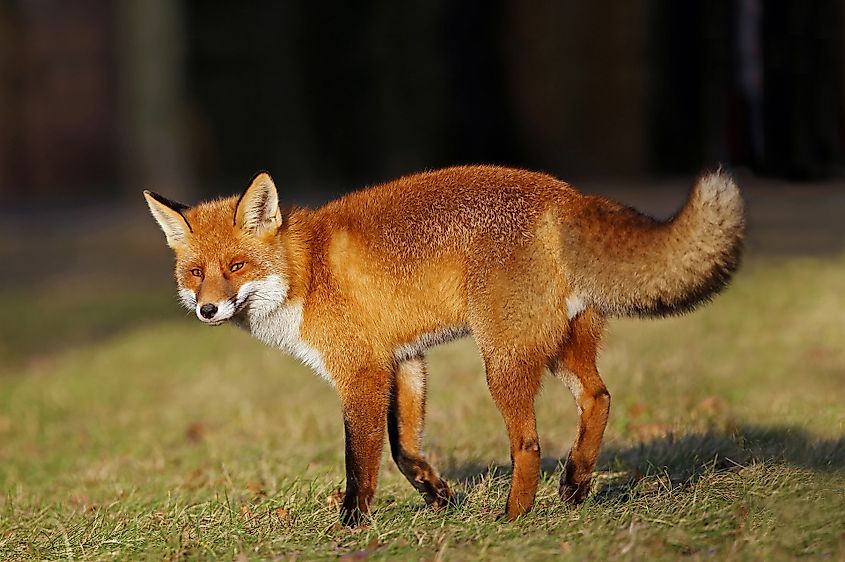
The largest member of the Vulpes or true foxes, the red fox has an elongated body with fairly short legs. It's fluffy tail typically measures over half of its total body length. A keen and effective hunter red foxes are aided by binocular vision, excellent hearing, and a good sense of smell. Reproducing just once a year red foxes usually have litters of four to six kits (baby foxes). Because they are omnivores red foxes have varied diets and feed off of both animals and plant material. They may consume small animals such as voles, squirrels, and mice as well as various birds, fish, insects, and reptiles.
Golden Jackal
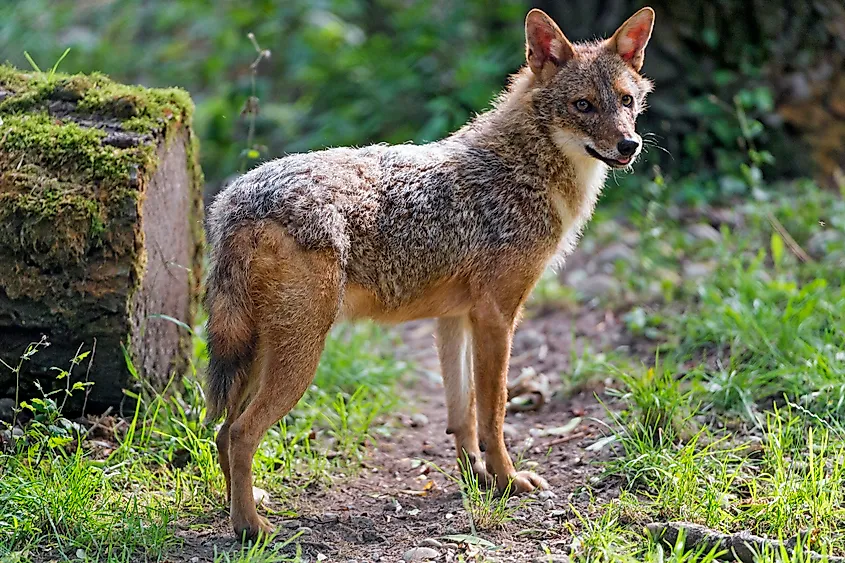
This carnivorous mammal is native to south western parts of Asia and Europe. Adult males are typically 28-33 inches in length while females can be between 27-29 inches long. In terms of weight golden jackals may be between thirteen and 31 pounds. These wolf like canines live on a varied diet made up of both plants and animals including wild rabbits, ducks, lizards, snakes, fish, tomatoes, watermelon, and apriots.
European Badger
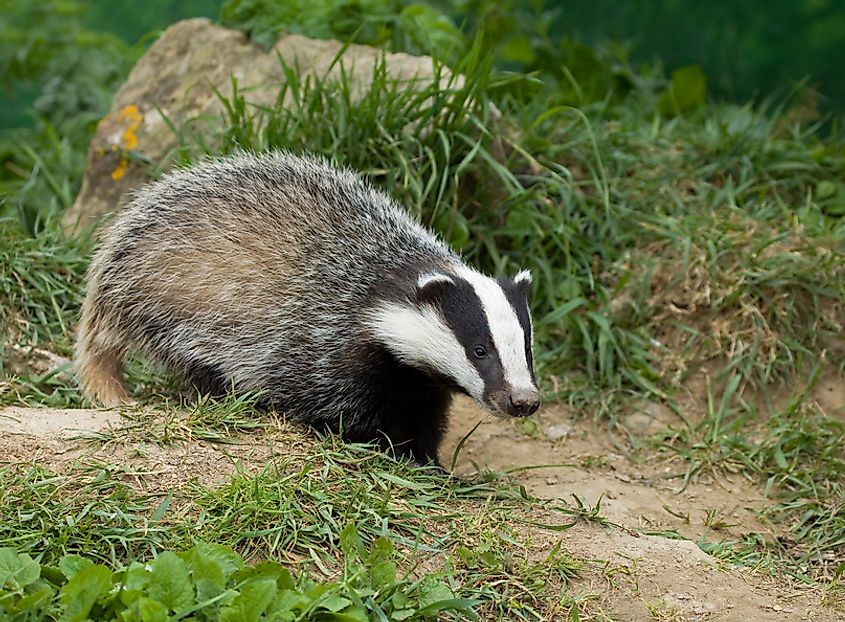
Also called the Eurasian badger, this member of the Mustelidae family of carnivorous mammals is known for having black, white, brown, and grey colored fur. This type of badger is characterized by its short tall, tiny dark eyes, small sized head, and stocky build. Their adult weight ranges anywhere from fifteen to 37 pounds. European badgers are known to occasionally share their burrows with other animals including foxes and raccoon dogs (or manguts).
Long-Eared Hedgehog
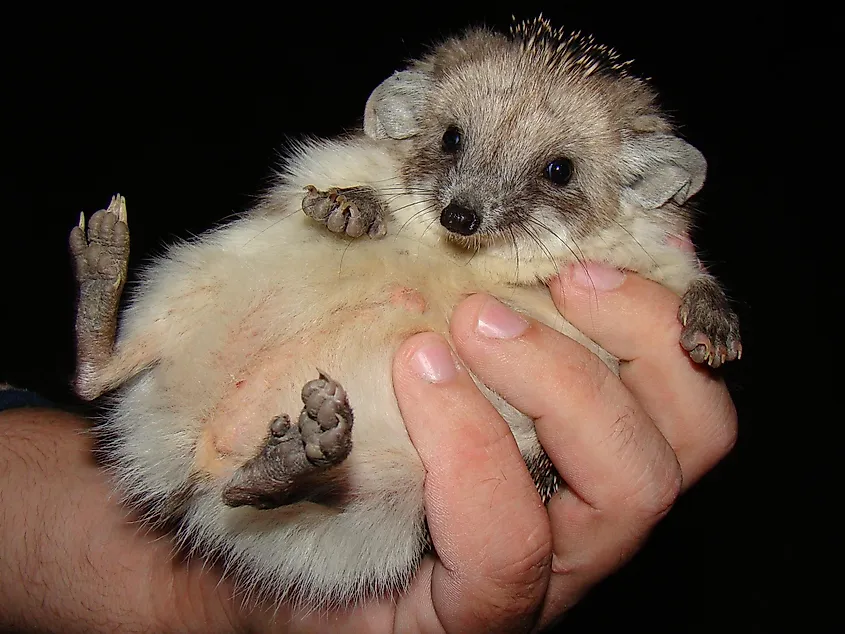
Native to Central Asia this distinctive hedgehog species takes its name from its relatively long ears and is known as one of the smallest such animals in the Middle East. Long-eared hedgehogs typically measure a little over four and a half to over ten and a half inches in length. Their weight usually ranges between 8.8 to about fourteen ounces. The hedgehog species has a diet which largely consists of insects as well as small amounts of worms, snails, and slugs.
Barn Owl
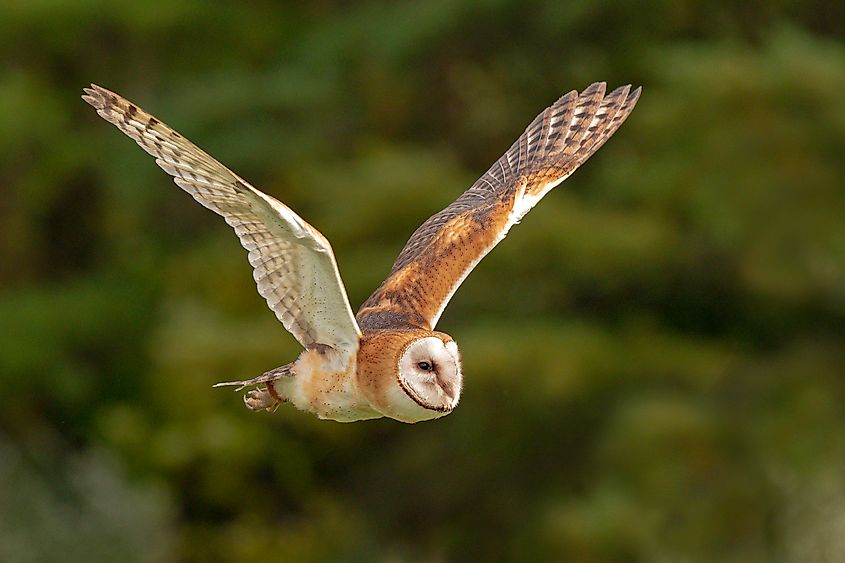
Found virtually throughout the world barn owls usually inhabit farms or grassland areas. These medium sized pale colored nocturnal creatures rely on their keen sense of hearing in order to effectively hunt during the night time hours. Typically barn owls can reach lengths of 12.6 to15.8 inches and weigh between 14.1 and 24.7 ounces. Their average wingspan can be anywhere from 39.4 to 49.2 inches. Although in the wild life spans for the barn owl may be short in captivity they have been known to live for twenty plus years.
Loggerhead Turtle
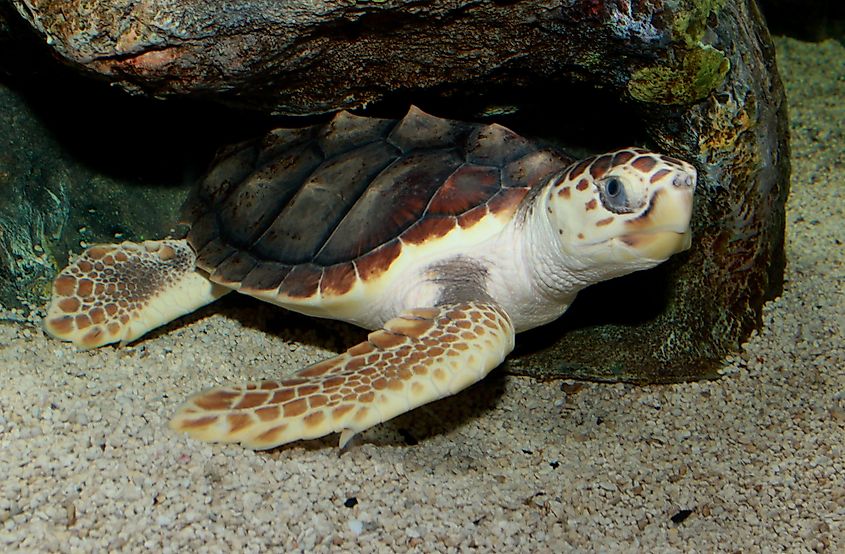
This endangered turtle species is considered to be an oceanic (sea or marine) turtle. Its dorsal or upper exoskeleton typically measures approximately 35 inches in length. Considered to be the largest hard shelled turtle in the world the loggerhead turtle can be found in the Pacific, Atlantic, Indian Oceans as well as the Mediterranean Sea. In adulthood these reptiles can reach weights of between180 and 440 pounds.
Blunt-Nosed Viper
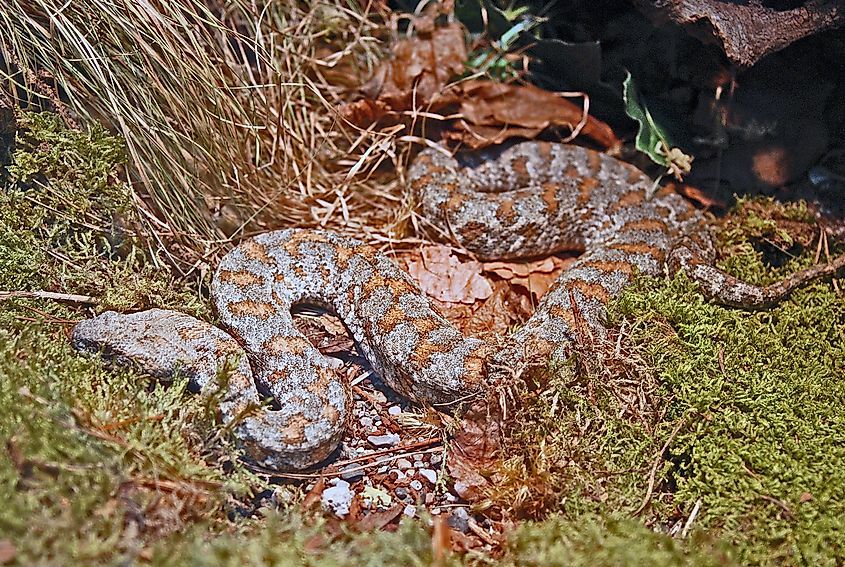
This particular snake species is known by a variety of names including the Macrovipera lebetina, coffin snake, mountain viper, and gijurza. Considered to be endangered these reptiles usually live in shady areas in countries with hot climates. Blunt-nosed vipers are large snakes characterized by broad triangular shaped heads, rounded snouts, and brown, gray, pink, olive or beige toned upper sides. Depending upon their gender, blunt-nosed vipers may grow to lengths of three and a half to five feet.
Turkish Gecko
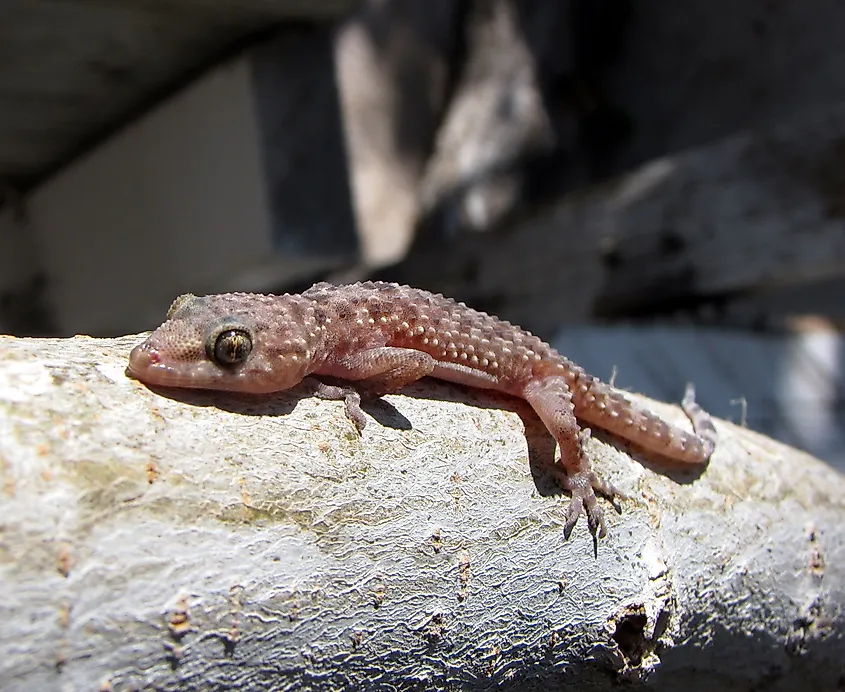
Also called the Mediterranean house gecko, this reptile can reach lengths of over three and a half inches. As a nocturnal animal the Turkish gecko is active at night and subsists on a diet primarily made up of insects. During the day time hours these geckos may be found hiding in cracks under tree bark, under leaves, or even in houses. Physically they can be tan or purple in color with black spots and striped tails. These reptiles are characterized by rounded snouts, sticky pads on their toes, bumpy skin,and large eyelidless eyes. Turkish geckos are known for their ability to emit high pitched calls or squeaks which may be used to defend their territory or scare off predators.











